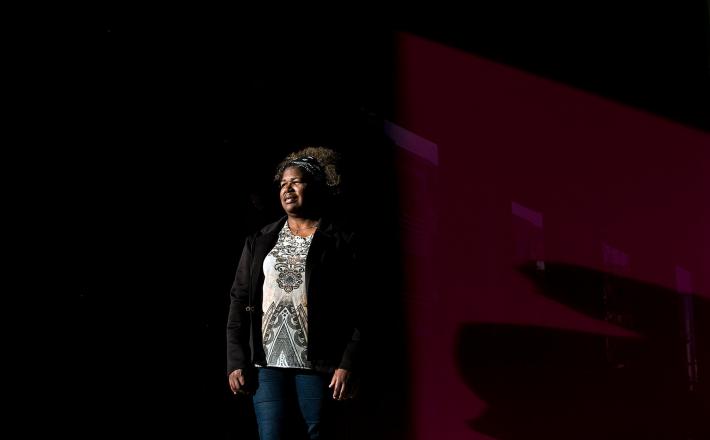Was money to help women in Brazil’s politics funneled to men?
Source: New York Times
Cleuzenir Barbosa, a retired teacher, was fed up with Brazil’s corrupt politics. She was also an avid supporter of Jair Bolsonaro, the far-right politician who won the presidency last year on the promise to clean up the capital.
So when a member of Mr. Bolsonaro’s party asked her to run for a state legislature seat, she was ecstatic — so ecstatic, Ms. Barbosa said, that she did not stop to consider why the party would be interested in a candidate like her, a community organizer with no political experience.
“It was all perfect, I couldn’t believe it,” Ms. Barbosa said in a telephone interview. “I was full of expectations of a new way of doing things, full of plans.”
Now, prosecutors are investigating whether the candidacy of Ms. Barbosa and at least four other women who ran as part of Mr. Bolsonaro’s party represented a new take on illegal campaign financing, a form of corruption with deep roots in Brazilian politics.
Click here to read the full article published by New York Times on 12 April 2019.

Cleuzenir Barbosa, a retired teacher, was fed up with Brazil’s corrupt politics. She was also an avid supporter of Jair Bolsonaro, the far-right politician who won the presidency last year on the promise to clean up the capital.
So when a member of Mr. Bolsonaro’s party asked her to run for a state legislature seat, she was ecstatic — so ecstatic, Ms. Barbosa said, that she did not stop to consider why the party would be interested in a candidate like her, a community organizer with no political experience.
“It was all perfect, I couldn’t believe it,” Ms. Barbosa said in a telephone interview. “I was full of expectations of a new way of doing things, full of plans.”
Now, prosecutors are investigating whether the candidacy of Ms. Barbosa and at least four other women who ran as part of Mr. Bolsonaro’s party represented a new take on illegal campaign financing, a form of corruption with deep roots in Brazilian politics.
Click here to read the full article published by New York Times on 12 April 2019.